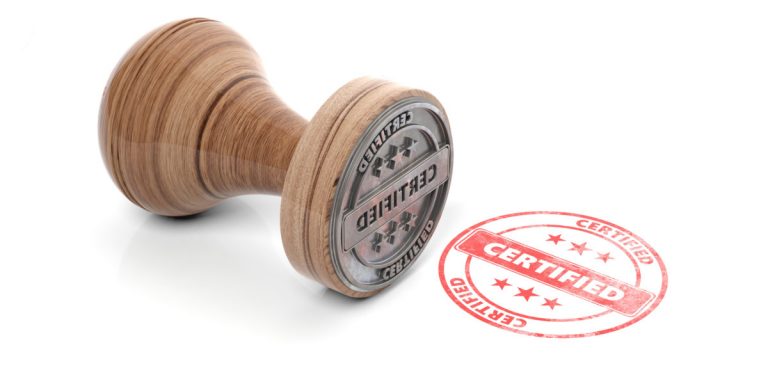As translators, we often receive requests for certified translations. But how is a translation certified and who certifies it? You might be surprised to learn that there is no single standard for certification.
First, we need to distinguish two things: certified translators and certified translations.
Certified Translators
In many countries, translators can be officially certified. This is the case in Argentina, where traductores públicos are certified professionals whose translations are valid before public agencies and the law. This is not the case in the United States, where there is no federal or state licensing or certification for translators.
There are also national and international professional associations that certify translators. In the United States, the American’s Translator’s Association (ATA) is the most well-known certifier, as is the Chilean Association of Translators and Interpreters (COTICH) in Chile. Both of these associations are part of the International Federation of Translators (FIT).However, this does not mean that translators certified by these associations are recognized as such by law or that only certified translators can translate official documents.
You can see a list of other associations here: List of translators and interpreters associations
Furthermore, the ATA only certifies translators in certain language pairs. Therefore, a translator may be ATA-certified to translate from Spanish to English, but not from English to Spanish.
At Southern Cone Translations, we can arrange for a certified translator to translate your document. However, be careful to ask about the specific requirements of the place where you are going to submit your translation. For example, the United States Citizenship and Immigration Services (USCIS) does not require translations from certified translators, only certified translations. Let’s learn more about them:
Certified Translations
In most cases, a certified translation contains a signed statement by the translator attesting that the translation is accurate and complete, typically including their contact information. Just like there is no official certification for translators in the United States, there is no official way to certify translations. A translation does not necessarily need to be certified by a certified translator; anyone who translates a document may certify it as long as they can attest competency in both the source and target language, which may be backed up by their education, origin, work history, or other means.
The type of certification you need for your translated document depends on the requirements of the institution where you will submit or use the document. Sometimes, a “wet” (handwritten in ink) signature is required, other times an electronic signature will suffice. In some cases, a notarized translation may be requested. In this case, the translator’s certification statement must be notarized. However, it should be noted that a notary is not able to certify the translation or validate its quality, only validate the signature of the certifying translator.
In many cases, no notarization in required. For example, the United States Citizenship and Immigration Services (USCIS) requires translations to be certified by their translator, but the translator does not need to be certified by any organization and the certified translation does not need to be notarized.
Once again, it is important to know the requirements of the place where you will submit your documents.
At Southern Cone Translations, we’re happy to help with the certification you need. To review…
If you need a translation from a certified translator… be sure to check what kind of certification this refers to and we will find you the right translator.
If you need a certified translation… we are happy to sign your document with our certification. Let us know if you need it signed in wet ink or notarized.






